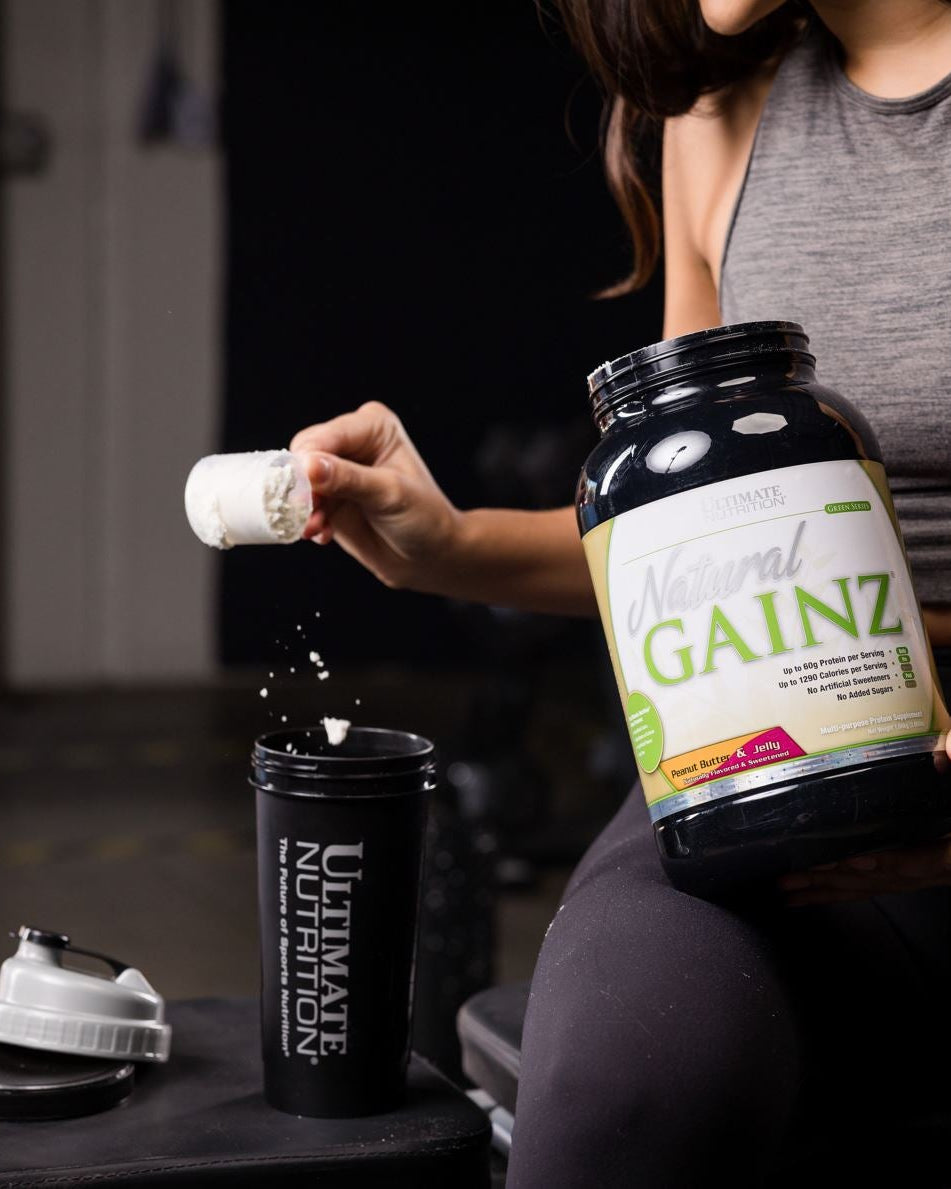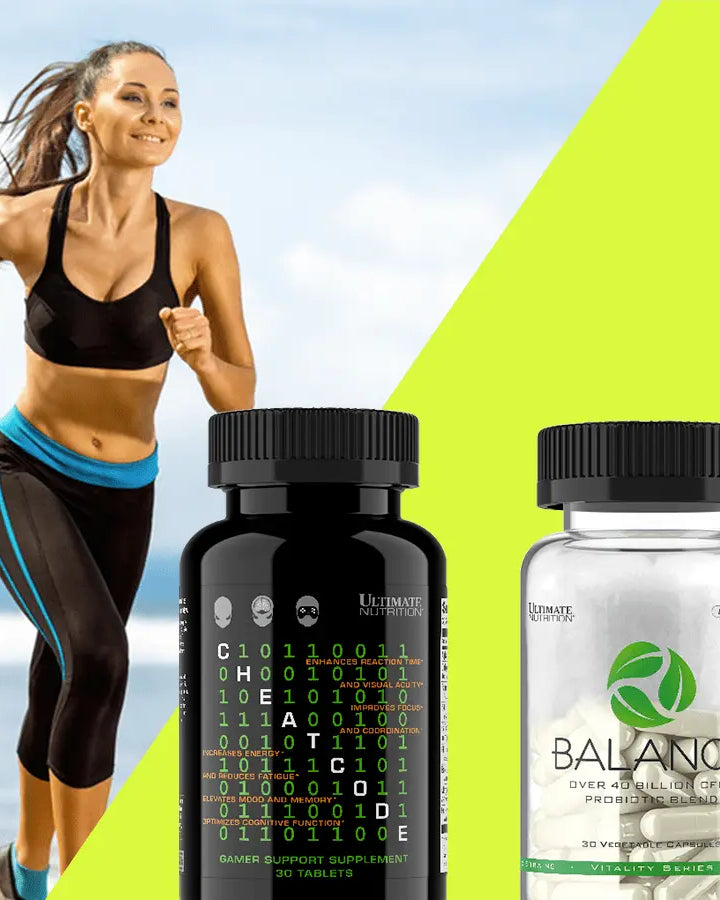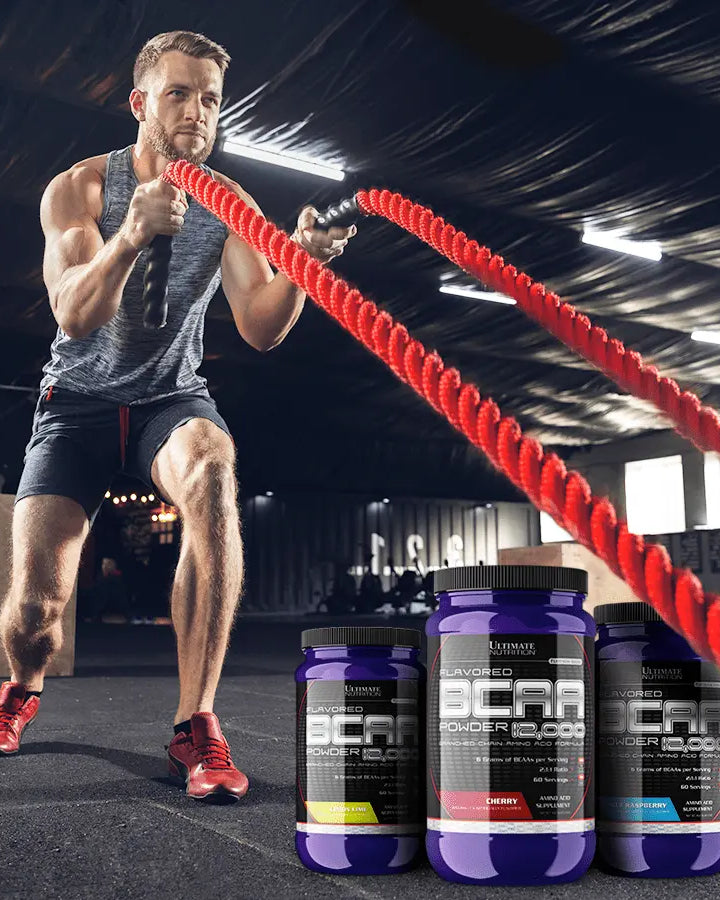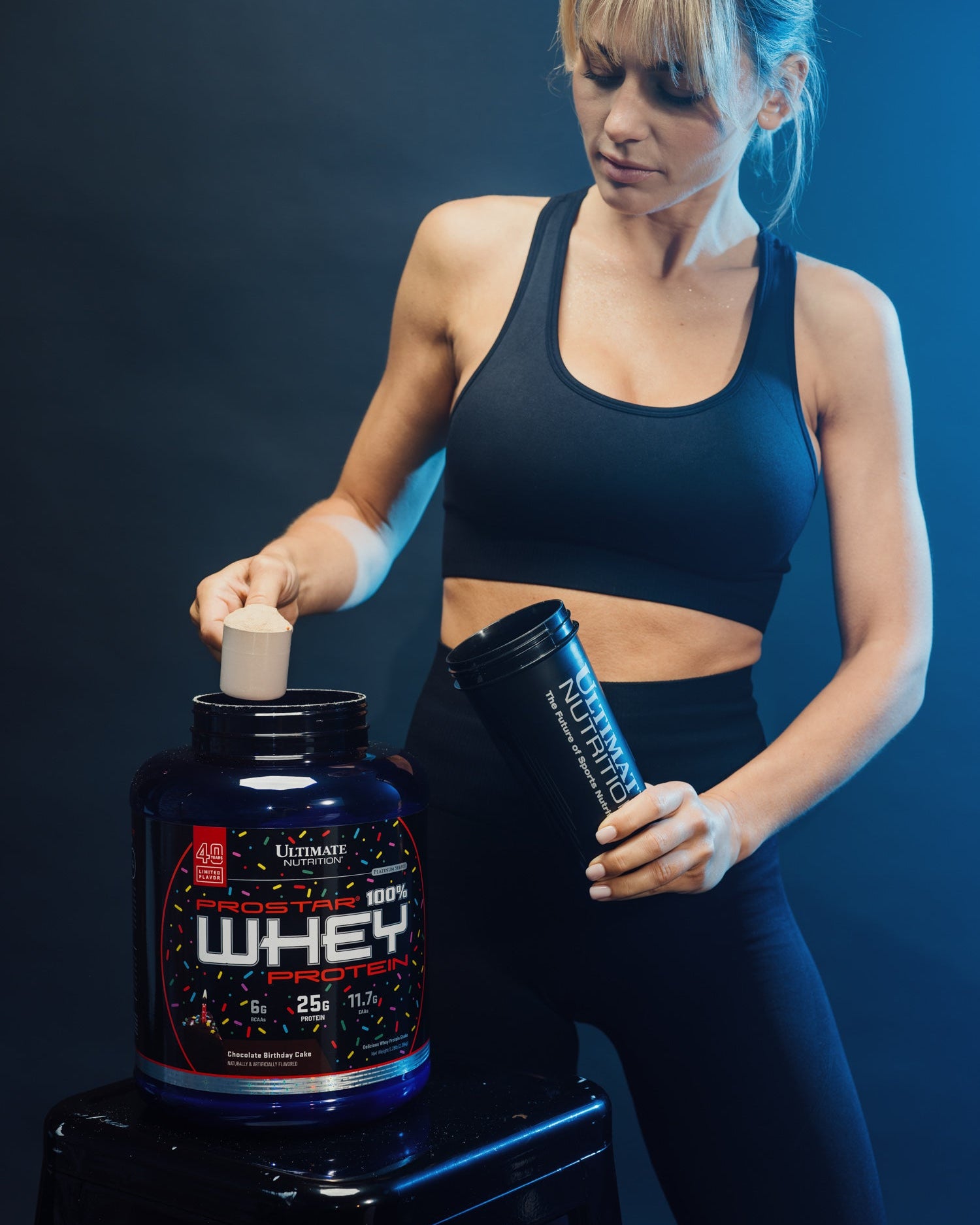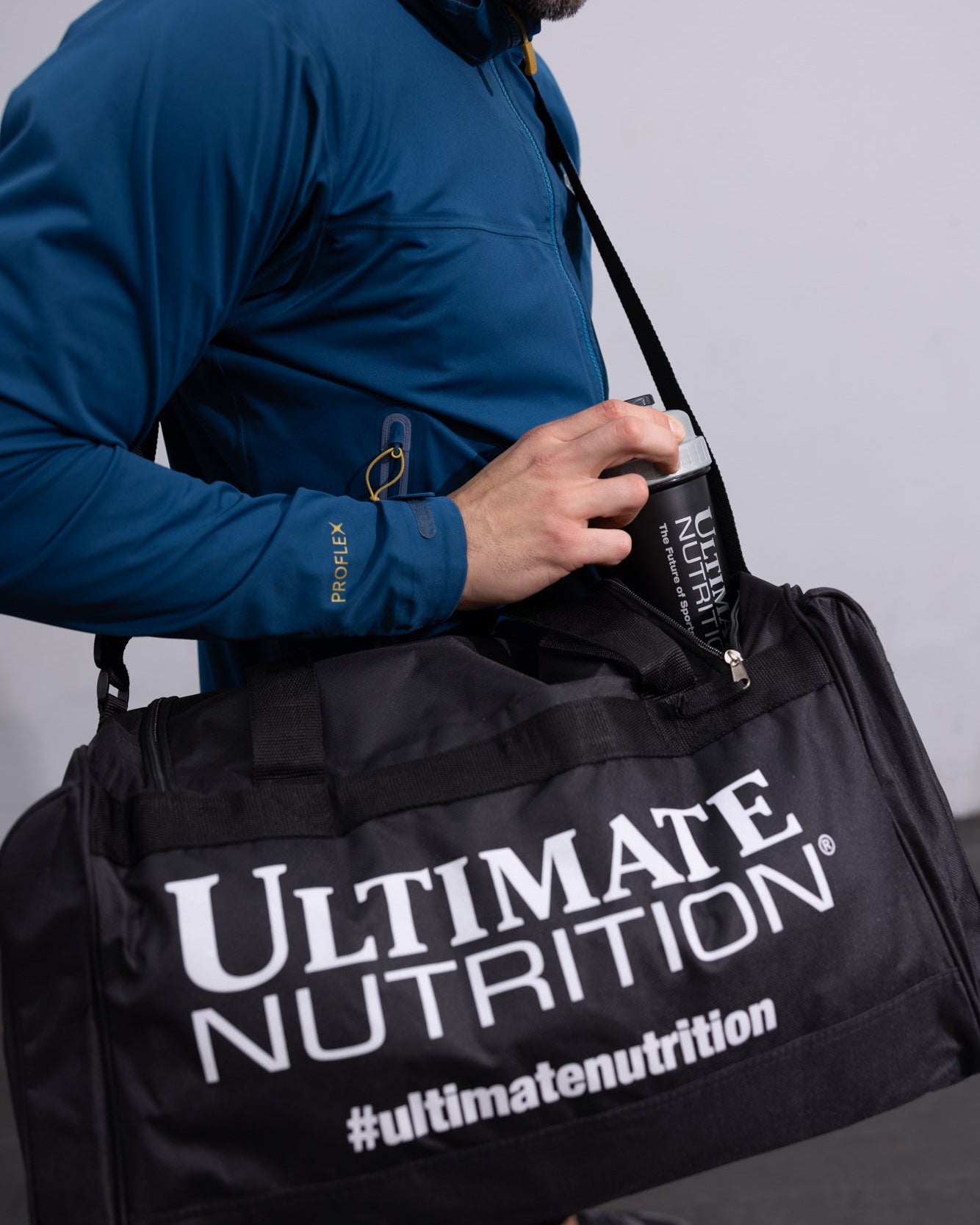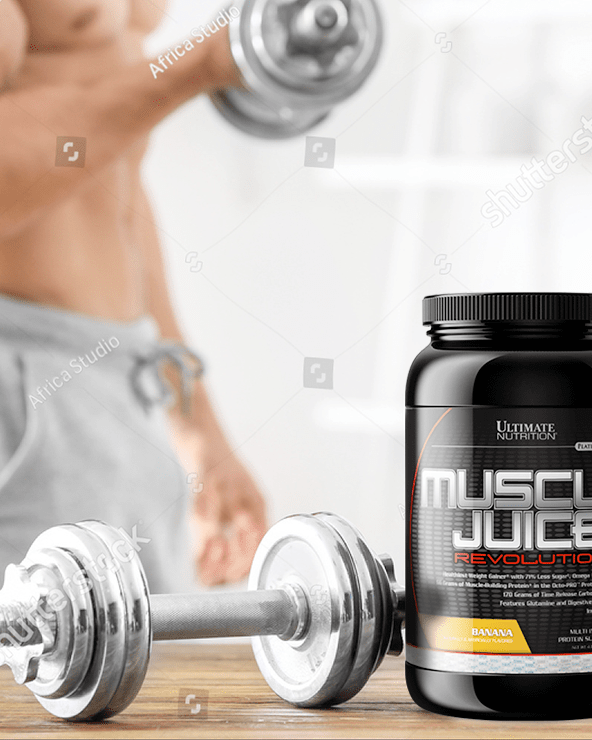Ice baths have become a widely embraced component of fitness and wellness routines.
This simple yet powerful method, involving immersion in cold water, taps into the body's natural mechanisms to rejuvenate, recover, and revitalize. Here, we delve into the cold yet beneficial world of ice baths, uncovering how this age-old practice is more relevant today than ever.
Why Do Athletes Take Ice Baths?
Ice baths, or cold tub therapy, aren't just about enduring the chill. They're a deliberate approach to wellness, balancing the body's reaction to cold temperatures with its need for recovery and rejuvenation.
Let’s answer a few common questions.
Where Did Ice Baths Come From?
Ice baths have historical roots in various ancient cultures.
The Greeks and Romans utilized cold water treatments for health purposes, a practice echoed in Eastern traditions like Japan's Misogi and Russia's ice plunges.
Over time, this practice evolved, finding a prominent place in modern sports medicine for its benefits in recovery and rehabilitation.

How to Find the Right Ice Bath Temperature
The ideal temperature for an ice bath is typically between 50 to 59 degrees Fahrenheit (10 to 15 degrees Celsius).
This range strikes a balance between being cold enough to trigger the body's recovery mechanisms and warm enough to avoid undue discomfort or risk.
Beginners are advised to start at the higher end of this range and gradually acclimate to cooler temperatures, allowing the body to adjust safely while still benefiting from the cold exposure.
How Long Should You Stay in an Ice Bath?
The recommended duration for an ice bath is generally between 15 to 20 minutes.
This time frame is crucial as it allows the body to experience the benefits of cold immersion without the risks associated with prolonged exposure.
Staying in an ice bath for too long can lead to hypothermia or other cold-related injuries, while too short a duration may not provide the desired recovery benefits. It's important to listen to your body and adjust the time based on personal comfort and response.
Cold Shower vs Ice Bath
Cold showers provide a more moderate form of cold exposure compared to ice baths. They're an accessible and convenient way to reap some of the benefits of cold therapy.
While less intense, cold showers can stimulate the immune system, improve circulation, and offer a revitalizing experience. They're an excellent daily practice for those seeking a quick and refreshing boost to their routine.
Are Ice Baths Dangerous?
Ice baths, when done correctly, are generally safe. However, they can be dangerous if not approached with caution.
Risks include hypothermia, frostbite, and shock, especially for those with pre-existing health conditions such as heart disease or circulatory problems. It's vital to gradually introduce the body to the cold and never exceed recommended temperatures and durations.
Always consult with a healthcare professional before starting ice bath therapy, particularly if you have health concerns or conditions that might be affected by extreme temperatures.
If you’re doing it right, ice baths can provide many benefits.
Top #8 Benefits of an Ice Bath
Here are the top 8 benefits of incorporating ice baths into your wellness routine:

#1 Increasing Recovery Rates
Ice baths have been shown to reduce muscle soreness and fatigue. Studies, including one involving elite rugby players, demonstrate that ice baths can lead to reduced fatigue and a decrease in muscle soreness, though they may not directly improve athletic performance.
#2 Improving the Immune System
There is evidence suggesting that ice baths can enhance the immune response. This includes increasing cytokine production and antioxidants, which are crucial for fighting bacterial infections.
#3 Decreasing Pain Perception and Reducing Swelling
The numbing effect of cold temperatures can reduce the sensation of pain, and the reduced blood flow to submerged areas can help mitigate edema or swelling. These properties make ice baths useful for treating trauma injuries.
#4 Increasing Energy
Cold water immersion can increase the secretion of norepinephrine, a hormone that improves focus and awareness. However, this boost in energy and alertness may be short-lived.
#5 Helping with De-Stressing
Stimulating the vagus nerve through cold water immersion can help relieve stress and improve the body's ability to handle stressful conditions. This is partly due to the constant secretion of hormones like norepinephrine and epinephrine, which condition the body to manage stress more effectively.
#6 Muscle Recovery Post-Exercise
Ice baths are effective in reducing symptoms of exercise-induced delayed onset muscle soreness (DOMS), such as pain and stiffness experienced after strenuous exercise. This makes them a common recovery method after sports competitions.
#7 Heart Rate Variability
Cold water immersion aids in restoring heart rate variability, an important aspect of cardiovascular health. This reflects the variation in time periods between successive heartbeats.
#8 Effects on Endurance Training
For endurance training, ice baths may provide additional benefits. Cooling exercised muscles can increase signals for mitochondrial biogenesis, a key aspect of endurance training adaptations.

Boost Your Body with Ultimate Nutrition
Incorporating ice baths into your wellness routine is a powerful way to enhance recovery and improve overall fitness. However, to maximize these benefits, it's crucial to support the body's recovery and health with the right nutrition.
High-quality protein supplements and fitness nutrients play a key role in this synergy. At Ultimate Nutrition, we understand the importance of this balance. Our protein powders and fitness supplements, like Prostar 100% Whey and Whey Gold, provide muscle repair and growth, ensuring that your body gets the essential nutrients it needs after the stress of cold water immersion.
This holistic strategy ensures that your body recovers both on the outside and within.
The information provided in our articles are meant for informational and educational purposes exclusively and should not be considered as medical advice. It is essential to consult a healthcare professional before starting a new nutritional product and/or making significant changes to your diet and/or starting a new exercise regime. These products are not intended to diagnose, treat, cure, and/or prevent disease.

